First Republic Bank is seized, sold to JPMorgan, in second-largest US bank failure
Regulators have struck a deal to sell the bulk of its operations to JPMorgan Chase & Co, heading off a chaotic collapse that threatened to reignite last month’s banking crisis.
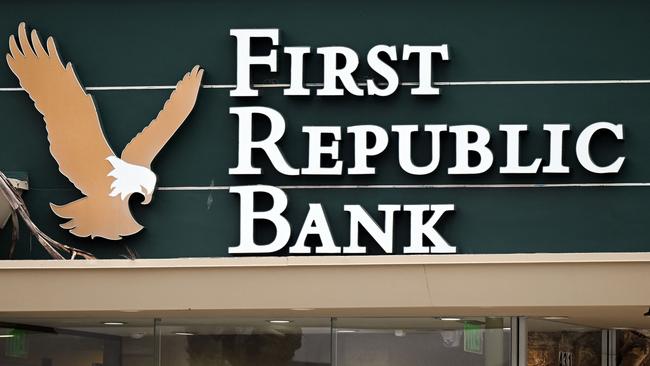
Regulators seized First Republic Bank and struck a deal to sell the bulk of its operations to JPMorgan Chase & Co, heading off a chaotic collapse that threatened to reignite the recent banking crisis.
JPMorgan said it will assume all of First Republic’s $US92bn in deposits – insured and uninsured. It is also buying most of the bank’s assets, including about $US173bn in loans and $US30bn in securities.
As part of the agreement, the Federal Deposit Insurance Corp. will share losses with JPMorgan on First Republic’s loans. The agency estimated that its insurance fund would take a hit of $US13bn in the deal. JPMorgan also said it would receive $US50bn in financing from the FDIC.
San Francisco-based First Republic, the second-largest bank to fail in US history, lost $US100bn in deposits in a March run following the collapse of fellow Bay Area lender Silicon Valley Bank. It limped along for weeks after a group of America’s biggest banks came to its rescue with a $US30bn deposit. Those deposits will be repaid after the deal closes, JPMorgan said.
The deal means JPMorgan, the largest bank in the US, is poised to emerge from the current crisis even bigger. The lender has gained new deposits from panicky customers looking to move their money to a too-big-to-fail bank following March’s failures. JPMorgan had $US2.4 trillion in deposits at the end of the first quarter.
The megabank said it bid to help stabilise the financial system. “This part of the crisis is over,” JPMorgan chief executive Jamie Dimon said overnight.
“Everyone should just take a deep breath.”
“A lot of people looked at it,” Mr Dimon said on a call with reporters. “The whole world knew it was available and no one bought it.”
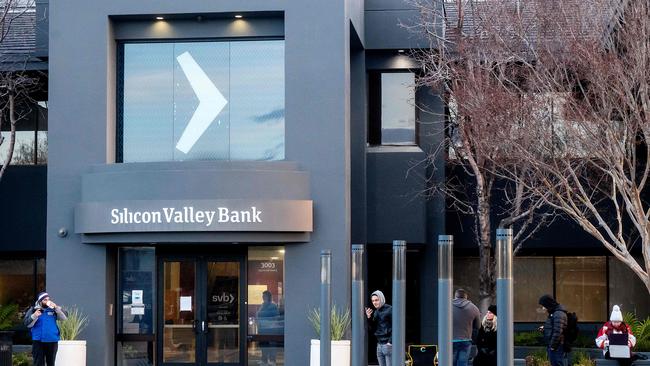
Three of the four largest-ever US bank failures have occurred in the past two months. First Republic, with some $US233bn in assets at the end of the first quarter, ranks just behind the 2008 collapse of Washington Mutual. Rounding out the top four are Silicon Valley Bank and Signature Bank, a New York-based lender that also failed in March. Both First Republic and Washington Mutual are now substantially owned by JPMorgan. The nation’s largest bank, it has been known to step in during banking crises. Chief executive officer Jamie Dimon was pivotal in earlier efforts to rescue First Republic.
“Our government invited us and others to step up, and we did,” Mr Dimon said in a statement Monday.
First Republic’s 84 branches will reopen as part of JPMorgan on Monday during normal business hours, and customers will have full access to their deposits, the FDIC said.
JPMorgan, the nation’s largest bank, has been known to step in during banking crises. It also bought Washington Mutual, making it the owner of the two largest failed banks.
First Republic’s failure seems unlikely to spur another crisis of confidence in the Main Street lenders that serve a large chunk of America’s businesses and consumers. Regional lenders uniformly lost deposits during the first quarter, but the declines were modest compared with First Republic’s $US100bn outflow.
“This is the last stages of that initial panic. First Republic’s problems started as a result of SVB and Signature,” said Steven Kelly, a senior researcher at the Yale Program on Financial Stability. “This isn’t the story of 2008, where one bank went down and investors focused on the next biggest bank, which would wobble.”
The immediate cause of First Republic’s collapse was a smartphone-enabled exodus of panicked depositors with big uninsured balances, but the bank’s problems were rooted in a wrong-way bet on interest rates.
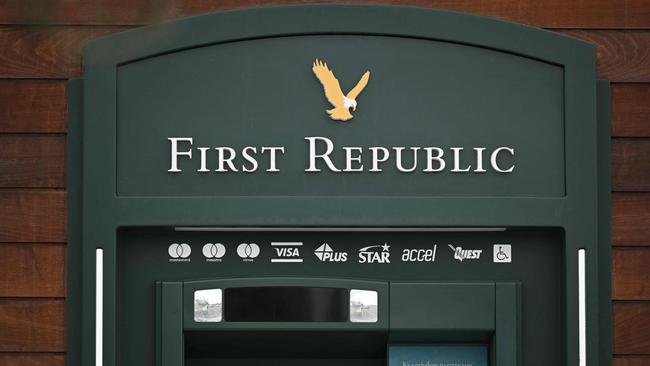
A focus on America’s coastal elite helped First Republic become one of the most valuable US banking franchises. Big deposits from customers with lots of cash funded low-rate jumbo mortgages to wealthy home buyers.
Ultralow interest rates and a pandemic savings boom supercharged the bank’s growth.
When the Fed began raising interest rates last year to cool inflation, customers began demanding higher yields to keep their money at First Republic. Rising rates also dented the value of loans the bank made when rates were near zero.
The chronic problem turned into an acute one in March, when the collapse of Silicon Valley Bank sparked fears about the overlooked risks lurking in the banking system.
Investors and customers were especially worried about banks, such as First Republic, that relied heavily on uninsured deposits and had large unrealised losses in their loan and securities portfolios due to rising rates.
“It was a run on the business model,” Mr Kelly said.
First Republic’s badly damaged balance sheet left it with few good options. In a dismal quarterly-earnings report last week, the bank disclosed the extent of the deposit run and said it had filled the hole on its balance sheet with expensive loans from the Federal Reserve and Federal Home Loan Bank. An untenable future, in which it earned less on its loans than it paid on liabilities, appeared all but certain.
The earnings report sent the bank’s stock down nearly 50 per cent in one day. First Republic shares ended the week at $US3.51. They closed at $US115 on March 8, the day before SVB’s disastrous run.
Some employees started jumping ship after SVB’s collapse. First Republic lost around 10 per cent of key staffers in the wealth-management division that it had spent heavily on to build, the bank said at its April 24 earnings update.
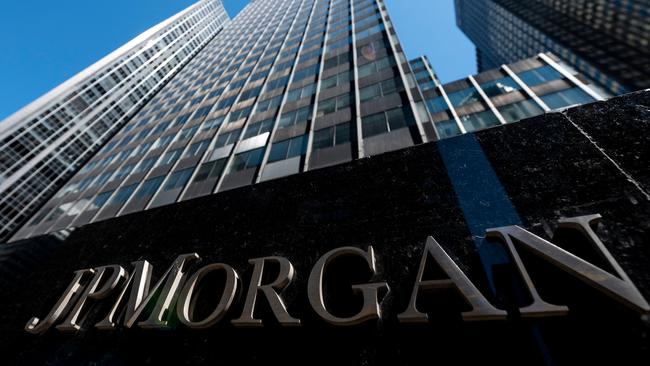
Employees who stayed watched the bank’s stock crater last week and frantically texted friends about how they feared the bank would go under soon. Some said they wished management had provided clearer communication about where the bank was headed.
Business had grown quieter since the banking turmoil started, current and former employees said. First Republic bankers who previously focused on luring in deposits found there was little they could do to reverse the tide when customers started pulling cash. Pay took a hit too. Bankers were compensated in part by how much in customer deposits they brought to the bank.
In a pair of emails late Friday and Saturday morning, CEO Michael Roffler and executive chairman Jim Herbert thanked First Republic employees for staying focused during the turmoil.
“Throughout our history and in these past weeks, we have done what we always do – serve our clients, support our communities, and take care of one another,” Mr Roffler wrote. “When we come in next week, we will continue to do the same.”
AnnaMaria Andriotis and Nick Timiraos contributed to this article
The Wall Street Journal


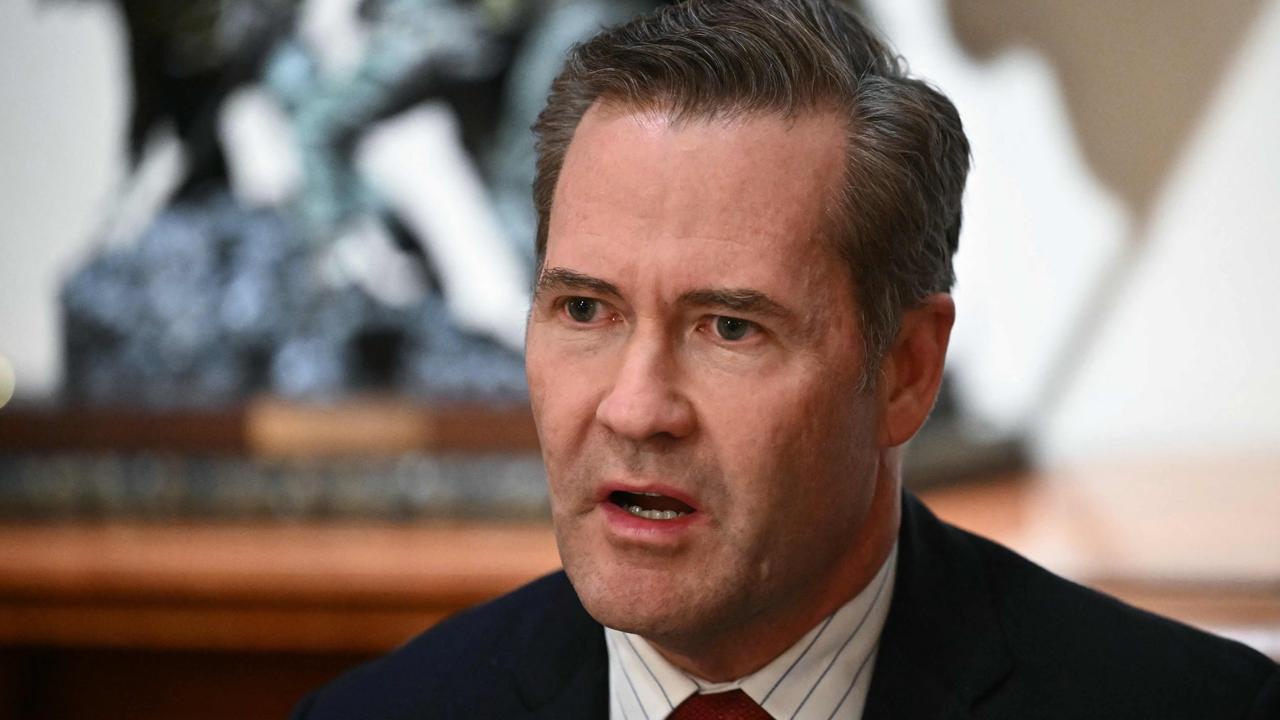
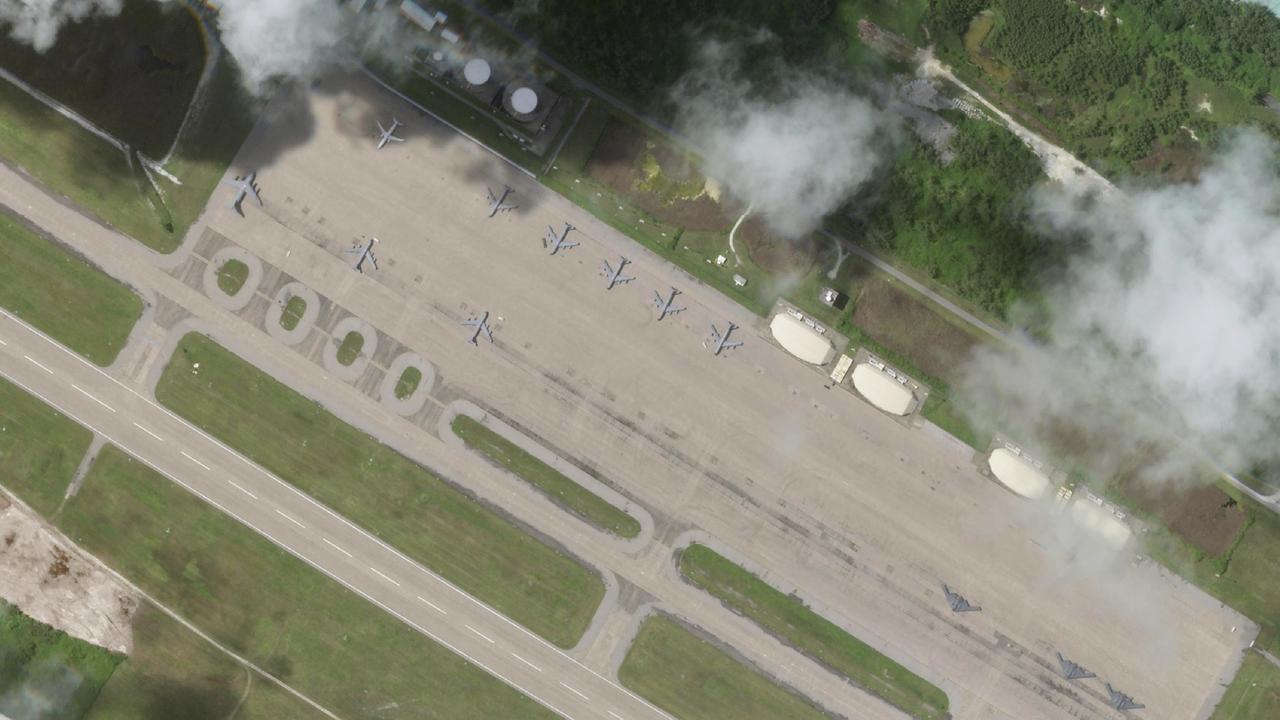
To join the conversation, please log in. Don't have an account? Register
Join the conversation, you are commenting as Logout